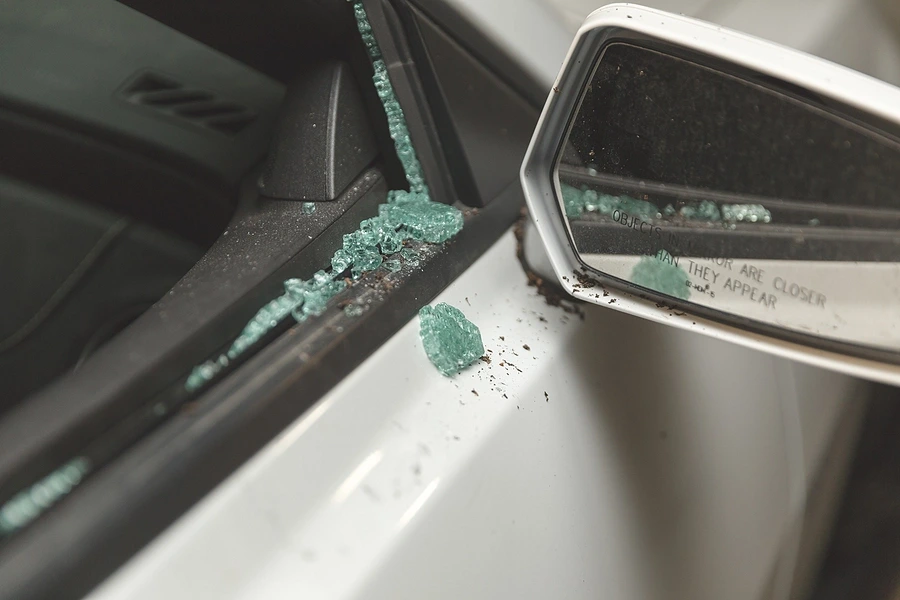Wrong-Way Crashes on Downtown Connectors: Identifying Municipal Liability for Roadway Design

Wrong-way crashes on busy highways are among the most dangerous types of traffic accidents. In Atlanta, the downtown connector, where Interstates 75 and 85 merge through the city’s core, is a frequent site of these tragic collisions. The combination of heavy traffic, complex exits, and tight curves can confuse drivers, sometimes causing them to enter ramps or lanes in the wrong direction.
When these accidents happen, victims and their families often ask why they occurred and who is responsible. While driver error is usually the primary cause, roadway design can also play a significant role. This raises important questions about whether municipal governments may share liability because of how roads and signage are planned and maintained.
Understanding Wrong-Way Crashes on Atlanta’s Downtown Connectors
Wrong-way crashes happen when a vehicle travels against the designated flow of traffic. On downtown connectors, these accidents often involve drivers entering an exit ramp or entrance ramp going the wrong way. The impact of such collisions tends to be severe or fatal because they frequently result in head-on crashes at high speeds.
Several factors contribute to wrong-way driving in this area:
- Complex highway interchanges with multiple ramps close together
- Poor or unclear signage, especially at night or in bad weather
- Limited visibility around curves and on ramps
- Driver distraction, impairment, or confusion
While the immediate cause is usually the driver’s mistake, the design and condition of the roadway can make it easier for drivers to get lost or enter ramps incorrectly.
How Roadway Design Can Increase the Risk of Wrong-Way Driving
Municipalities and state transportation departments are responsible for designing safe roads and maintaining clear signage. Design decisions directly affect how easy or difficult it is for drivers to navigate highways.
Certain design problems linked to wrong-way crashes include:
- Insufficient or Confusing Signage: Signs that fail to clearly mark entrances, exits, and direction of travel can mislead drivers. Signs that are too small, poorly placed, or obstructed by foliage increase the chance of wrong turns.
- Ramp Geometry: Ramps that are too short, narrow, or curved in ways that reduce visibility can confuse drivers. Some ramps may appear to be two-way or allow wrong-way entry because of how they connect to main lanes.
- Lighting and Visibility Issues: Poor lighting on ramps and entrances makes it harder to see signs or lane markings at night. Faded pavement markings also reduce driver awareness of correct lanes.
- Lack of Barriers or Physical Deterrents: Some roadways lack physical barriers like raised medians or guardrails that would prevent or discourage vehicles from entering wrong directions.
When these design flaws exist, they create conditions that can lead to wrong-way crashes even when drivers are generally attentive.
When Municipalities May Be Held Liable for Roadway Design
In Georgia, government entities such as cities and counties typically have some immunity from lawsuits claiming negligence. However, this immunity is not absolute. If a municipality’s negligence in roadway design or maintenance causes injuries, it can sometimes be held liable.
To prove municipal liability, accident victims must generally show:
- The municipality had a duty to maintain or design the roadway safely.
- There was a defect or dangerous condition on the road, such as inadequate signage or poorly designed ramps.
- The municipality knew or should have known about this defect.
- The defect caused or substantially contributed to the wrong-way crash and resulting injuries.
- The municipality failed to take reasonable steps to fix or warn about the hazard.
This is often a complex legal process because it requires showing the municipality’s knowledge and responsibility. Evidence like prior accident reports, inspection records, complaints, and expert opinions on roadway safety can be critical.
Challenges in Proving Municipal Liability
Cases involving government liability for roadway design face unique challenges:
- Notice Requirements: Plaintiffs must prove that the municipality was aware or should have been aware of the dangerous condition. This might involve showing prior similar accidents or complaints.
- Sovereign Immunity: While Georgia law allows some lawsuits against governments, there are limits and procedures to follow. These can include strict deadlines for filing claims.
- Expert Testimony: Establishing that the roadway design was unreasonably dangerous often requires experts in traffic engineering or highway design.
- Multiple Contributing Factors: Wrong-way crashes may involve driver error, impairment, or other external conditions. Showing that design defects significantly contributed can be difficult.
Despite these obstacles, successful claims against municipalities have been made in cases where roadway conditions clearly played a role.
Why This Matters for Victims of Wrong-Way Crashes
If you or a loved one were injured or lost in a wrong-way crash on Atlanta’s downtown connector, you may be entitled to compensation beyond just the at-fault driver’s insurance. Investigating municipal liability can provide additional avenues to recover damages for medical bills, lost income, pain and suffering, and more.
A detailed investigation into the crash scene, roadway conditions, and government records is necessary to build a strong case. Municipal governments have resources to defend against claims, so professional legal help is crucial.
Working With an Experienced Atlanta Personal Injury Lawyer
Wrong-way crashes on downtown connectors are complicated cases involving multiple parties and technical details. A skilled personal injury attorney will examine all potential sources of liability, including municipal responsibility for roadway design.
Your lawyer will gather evidence such as traffic studies, accident history, and expert reports. They will ensure any claims against government entities meet procedural rules and deadlines. This thorough approach increases your chances of securing fair compensation.
Conclusion
Wrong-way crashes on Atlanta’s downtown connectors can cause devastating injuries and loss of life. While driver error is often the main cause, flawed roadway design and inadequate signage contribute to these accidents. Municipal governments can be held accountable when their negligence in designing or maintaining safe roads leads to crashes.
If you have been affected by a wrong-way collision, it is important to explore all possible sources of liability. An experienced personal injury lawyer can help you navigate the complex legal landscape and fight for the justice and compensation you deserve.
